'Life Through Rohingya Eyes' sheds light on life of Rohingya refugees

The homeward-bound call to one's ancestral land, even when it is not heard or recognized, is primal to every living being, and that call protruded in the photo exhibition titled "Zindigi Rohingyar Sukortu" or "Life Through Rohingya Eyes" held at Bangladesh Liberation War Museum.
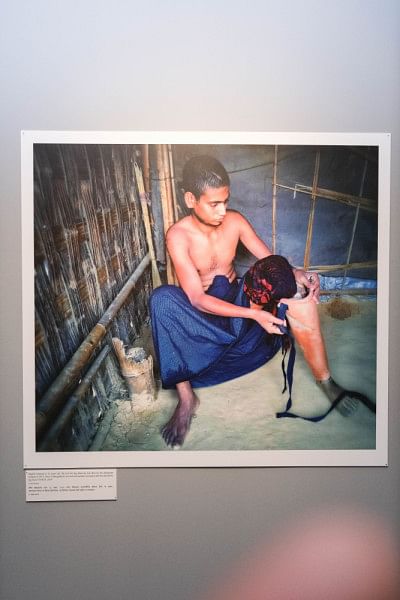
Documented by 19 bright Rohingya photographers, the exhibition–a joint endeavor of UNHCR and the Bangladesh Liberation War Museum under the Rohingyatographer Collective–tells a tale of oppression, pain, resilience, and hope.
On World Refugee Day on June 20, as Bangladesh Liberation War Museum commenced the exhibition to encapsulate the life of Rohingya people– living in the camps of Cox's Bazar, Bangladesh, the world's largest refugee camp–through their own eyes.
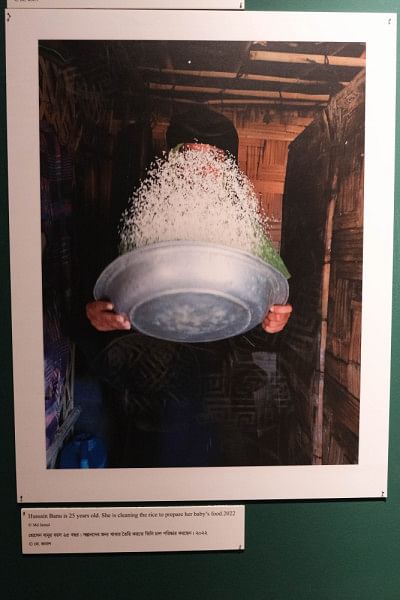
"When something breaks, it begins to decay. The more it decays, the more it breaks. This is what happens in our camps. This is how it is for everything and everyone," says Sahat Zia Zico, one of the Rohingyagrapher, under the caption of a photograph of a makeshift bamboo-made bridge haplessly used by the residents of the refugee camp.
"This bridge is like the story of the Rohingya people, a story of crossing from one place to another, without much chance of returning back, an uncertain future ahead and the slowly deteriorating present," he continued while making his photography genius tell the story of his people.

In another photograph captured by another Rohingya photographer Abul Kalam, an exhausted Rohingya woman can be seen holding her crying baby, taking a break from her tiresome mud work. She holds her baby with her mud-soaked hand with tired eyes, resembling the overall destitution of the Rohingya community in a foreign land.
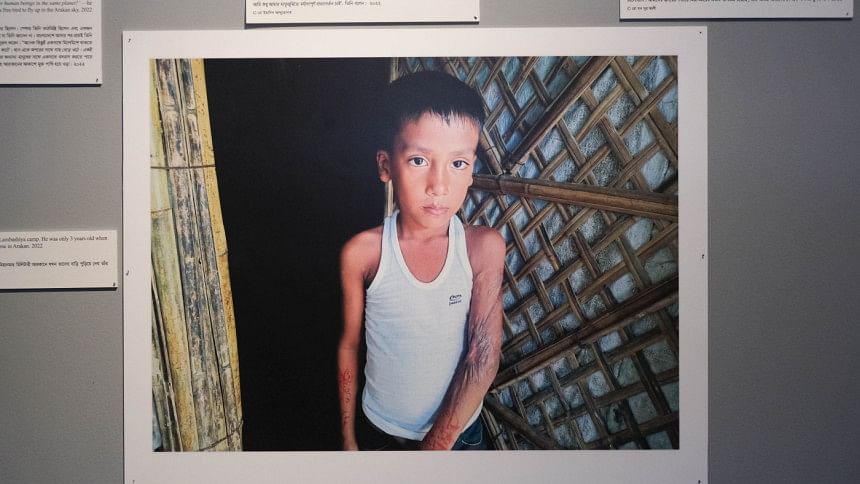
Monsoon storms and floods are a regular occurrence in these camps; visitors can see a glimpse of the hassles these people go-through through the eyes of the photographers in the exhibition. In a couple of photos, we see how these displaced people adapt to their surroundings under harsh unfavorable conditions and remain resilient, hoping to return to their homeland someday.
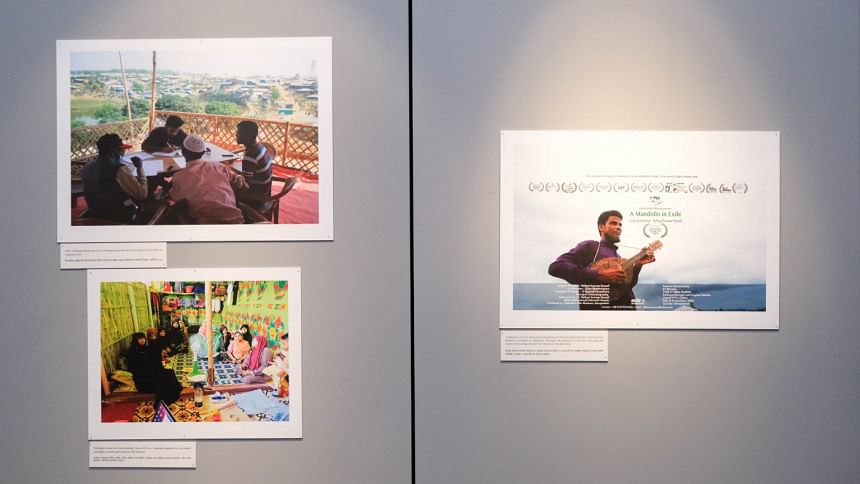
They hope to rebuild their lives and create a better future for themselves and their children, said an organizer of the event, just like Mohammad Taiyub, a 15-year-old who plays with his small-scale hydraulic excavator in one of the photographs exhibited.
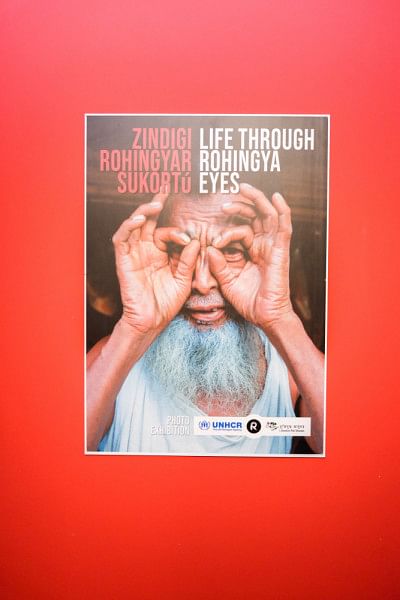
Apart from despair, visitors can find glimpses of hope and happiness in some of the photographs. Children, who never knew their homeland enough to reminisce about their time there, can be seen as content with their lives with barely enough resources and education.
"We want people to see us as human beings, just like everyone else. We want to share our hopes and dreams, our sadness and grief with others, to make connections,' said Sahat, Rohingyatopgrapher's founding editor, to The Daily Star.
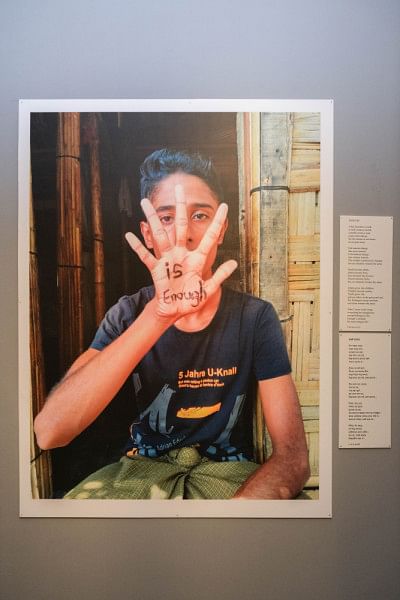
Termed 'the most persecuted minority in the world' by the United Nations, Bangladesh has been hosting the persecuted Rohingya in different camps of Cox's Bazar for six years.
"We are forever grateful to India for taking us in during the Liberation War of 1971, and by welcoming the Rohingya refugees with open hearts, we are trying to pay the debt of history," said Mofidul Hoque, trustee of the Liberation War Museum.
Mofidul believes the international community has a responsibility to ensure a peaceful and safe return and rehabilitation for the Rohingya community.
"We did our part, and now it's the job of the international community to make the situation safe for them," he told The Daily Star.
Most of the photos on display offer an intimate peek into the lives of Rohingyas living in the world's largest camp for them in Cox's Bazar.
Curated by Sahat Zia Hero, the founder of the collective, its mentor David Palazón and Amena Khatun of the Liberation War Museum, the photos on display at the exhibition portray the spirit of the deserted community and highlight their challenges, social position, and the overall environments of the camps.
The open-for-all exhibition will end on July 10.

 For all latest news, follow The Daily Star's Google News channel.
For all latest news, follow The Daily Star's Google News channel. 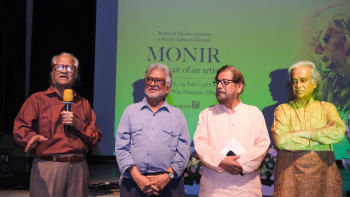



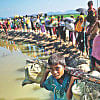

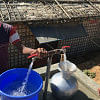
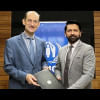


Comments